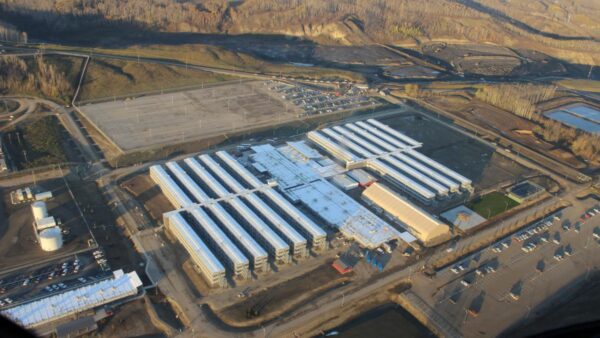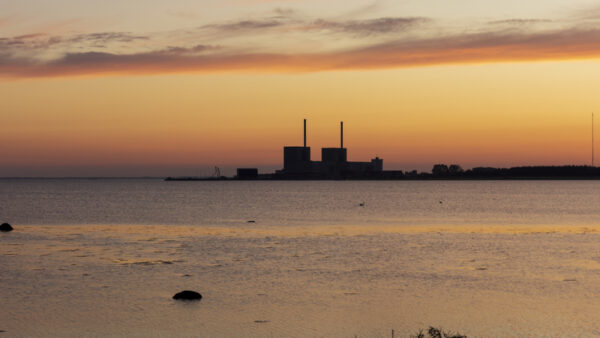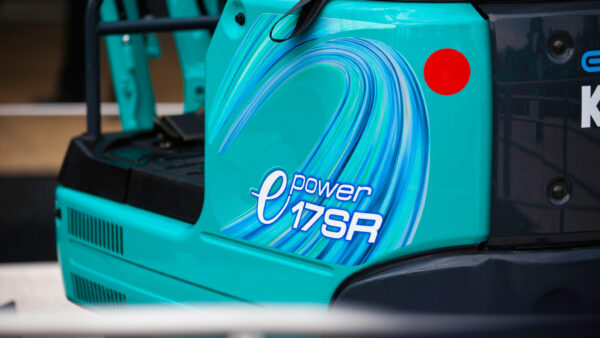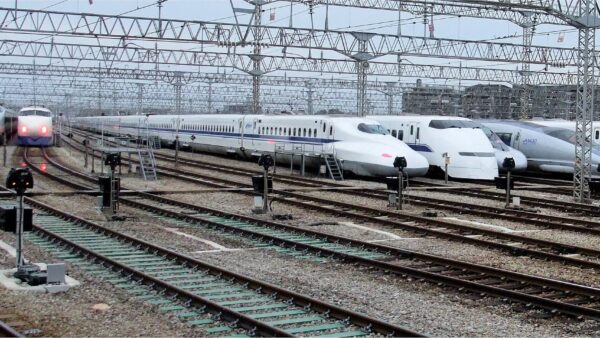Japanese scientists will this month conduct the first test of a grand plan to ferry people and cargo into space using an “elevator” running between Earth and an orbiting geostationary structure.
The first of its kind ever to be conducted in space, the experiment will deploy two small 10cm3 satellites joined by a 10-metre-long wire from the International Space Station (ISS).
The idea is to use the wire to run a scaled-down model of an elevator pod between the two satellites with the help of an electric motor. A camera attached to the satellites will record the movements of the elevator pod in space.
The satellites will be ferried to the ISS by a Japanese rocket, due to be launched from the Tanegashima Space Centre in Kagoshima Prefecture on 11 September.
Although the test equipment is tiny compared to the dreamed-for real thing, scientists from Shizuoka University, one of the organisations behind the test, told the Mainichi newspaper that it would be the first test involving a cable to move a container in outer space.
The space elevator concept was first proposed in 1895 by Russian scientist Konstantin Tsiolkovsky, who envisaged a cable reaching into space from the earth’s equator.
A counterweight at the upper end would keep the system’s centre of mass above geostationary orbit level, which would then produce enough upward centrifugal force from Earth’s rotation to offset gravity, keeping the cable upright and taut. The cable would, however, have to be extremely light and strong.
Japan’s Obayashi Corporation is taking part in the experiment as a technical adviser. In 2014, it announced plans to have a space elevator up and running by 2050. That plan envisaged a 96,000km cable and cars powered by linear motors over the course of seven days.
Obayashi says the science-fiction fantasy could become reality thanks to the development of carbon nanotechnology. Yoji Ishikawa, a research and development manager at Obayashi, commented at the time that the tensile strength would be almost a hundred times stronger than steel cable. He said: “Right now we can’t make the cable long enough,” he added. “We can only make 3cm-long nanotubes but we need much more … we think by 2030 we’ll be able to do it.”
Since then the contractor has unveiled six, 18-metre-long ovular cars with a capacity of 30 to carry the payloads. A cable connecting a platform to be set up on the sea, with a space station some 36,000km in altitude moving the cars with the help of an electric propulsion system.
Image: A concept design of a space elevator, produced by Nasa
Further reading










